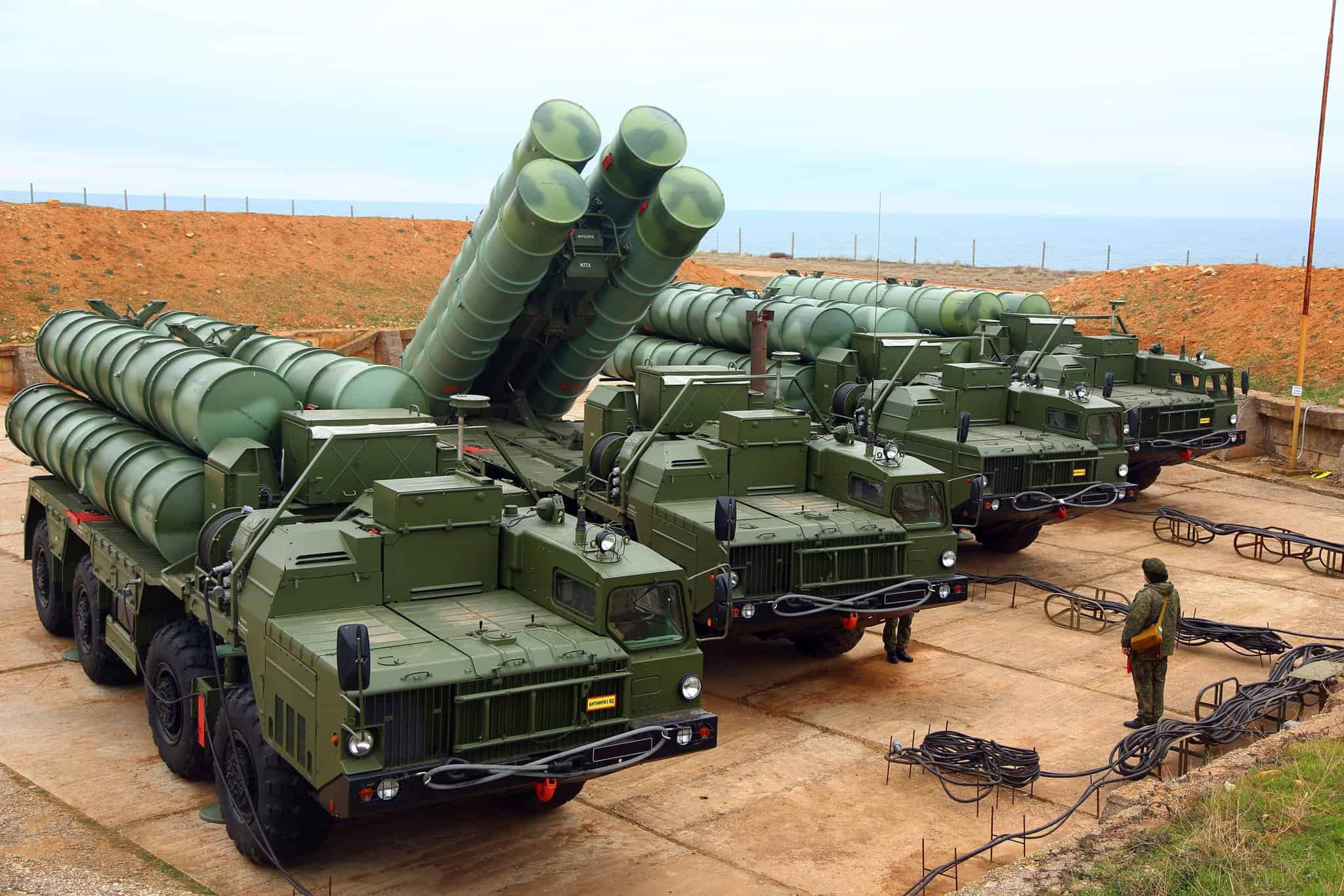In the battle against climate change, diesel trucks and buses are significant contributors to carbon emissions. Transitioning these fleets to battery-electric vehicles promises substantial environmental benefits. But the challenge of financing these greener vehicles could impede progress.
Electric vehicles come with sticker shock. Despite the long-term savings on fuel and maintenance, their initial purchase cost can be two to three times higher than that of diesel vehicles. The main culprit? The costly batteries that power them. The conundrum lies in assigning a reliable monetary value to these crucial components.
The financial industry’s standard of residual value—what a vehicle is worth on resale—poses another barrier. Electric vehicle (EV) batteries are new to the market, making their valuation uncertain. This uncertainty discourages financial institutions from backing the necessary loans and leases for fleet operators looking to shift to electric models.
Enter second-life battery solutions. Innovative companies and startups, such as Zenobē from the UK, are paving the way by repurposing used batteries. Though no longer fit for vehicles, these batteries can still be valuable for energy storage and other tasks. By demonstrating that these second-life applications can be financially viable, these pioneers aim to shift the financial perspective around EVs.
Zenobē, for example, works with a vast network of electric buses and plans to expand into new markets. By taking ownership of the batteries, they aim to collect data and refine the business model further. Proving the worth of second-life batteries could completely transform financing prospects, making electric vehicles more accessible to fleet operators.
The success of these efforts could revolutionize how the finance sector views electric trucks and buses, potentially accelerating the transition away from diesel and towards a more sustainable future.
The Hidden Power of Second-Life Batteries: Transforming the Future of Electric Vehicles
In the race against climate change, the electrification of transportation is crucial. While much focus has been placed on the environmental benefits and financial challenges associated with transitioning diesel trucks and buses to electric models, there is a wealth of emerging developments poised to reshape this sector and impact everyday lives. Here, we delve into some lesser-known aspects and exciting controversies that may redefine the viability of battery-electric vehicles (BEVs).
What Happens to the Batteries? End-of-Life vs. Second-Life
A common question raised about battery-electric vehicles is: What happens when these batteries reach the end of their usable life in vehicles? Traditionally, these batteries faced the prospect of disposal—a process fraught with ecological concerns. However, the concept of second-life battery applications is transforming this narrative. By repurposing these batteries for grid energy storage or backup power solutions, companies like Zenobē introduce a cyclical approach that extends the utility and profitability of these resources.
This innovative trend isn’t just environmentally savvy; it’s economically appealing too. Grid energy storage can stabilize renewable energy sources like wind and solar, solving intermittency issues and enhancing energy security. This reliability has profound implications for communities relying on renewable energy, reducing dependence on fossil fuels and lowering energy costs in the long run.
An Environmental Dividend or Just Another Environmental Cost?
While second-life applications are heralded as a green innovation, they are not without controversy. Critics argue that repurposing batteries could delay necessary technological advancements in recycling processes, inadvertently creating a backlog of materials that need more sophisticated end-of-life management. Additionally, the energy and resource inputs required to repurpose and reuse batteries must be considered.
The debate extends to emerging markets, where the presence of cheaper batteries could either stimulate market growth or risk market flooding with outdated technology that hampers innovation. This dual-edge sword begs the question: Are second-life batteries a sustainable bridge or a temporary fix?
Policy and Infrastructure: Key Players in Electrification
As second-life applications gain traction, policies need to evolve to support this shift. Governments and regulatory bodies play a crucial role in setting standards that encompass the entire lifecycle of batteries, from manufacturing and usage to repurposing and recycling. Effective policies can enhance the attractiveness and feasibility of second-life applications; however, without proper regulations, the environmental cost could outweigh benefits.
Moreover, infrastructure development is key. Communities and industries need robust systems to manage battery collection, testing, and repurposing efficiently. Without such infrastructure, the potential of second-life batteries remains largely untapped.
Who Stands to Benefit? The Broader Impact on Society
The benefits of successful second-life battery utilization are far-reaching. Besides the apparent reduction in carbon emissions, these initiatives can stimulate local economies by creating new jobs in battery refurbishing, infrastructure development, and renewable energy sectors. As battery technology continues to advance, the reduction in battery costs over time can make electric vehicles (EVs) more accessible to individuals and smaller businesses, democratizing the benefits of sustainable transport.
Communities in marginal areas, often plagued by unreliable power supplies, stand to benefit significantly. Using second-life batteries for local energy storage can provide consistent and clean energy, empowering schools, hospitals, and homes and fostering sustainable development.
For more insights into the evolving landscape of electric vehicles and sustainable energy solutions, check out: Zenobē and International Energy Agency.
The article has been updated. 2024-11-03 21:02
Here are some suggested related links for your post titled “Electric Vehicle Batteries: The Game-Changer for Fleet Decarbonization?”:
1. U.S. Department of Energy – Provides comprehensive information on energy policy, including electric vehicles and battery technology.
2. U.S. Department of Transportation – Offers resources and data on transportation policies, including initiatives for fleet decarbonization and electric vehicles.
3. International Council on Clean Transportation (ICCT) – Focuses on research and data related to the environmental impact of transportation, including electric vehicle adoption.
4. Electric Vehicle Initiative (EVI) – Promotes policies and international cooperation to accelerate the adoption of electric vehicles, including discussions on battery technology.
5. Green Car Congress – A news and analysis platform focusing on advanced technologies and policies for cleaner vehicles, including electric vehicle batteries.
6. Automotive World – A source for news, analysis, and research on the automotive industry, including shifts toward electric vehicles and sustainable technologies.
7. Institute for Environment and Development Policy (IEDP) – Offers insights into sustainable development policies, including those focused on transportation and energy efficiency.
8. Natural Resources Defense Council (NRDC) – Works to safeguard the earth by influencing energy policies and advocating for clean transportation solutions.
9. EV Volumes – Provides detailed market data on electric vehicle sales and battery technology trends worldwide.
10. BBC News – Science & Environment – Covers important news and developments related to science and the environment, including innovations in electric vehicle technology.
The article has been updated: 2024-11-08 08:00
How do electric vehicle batteries contribute to the decarbonization of fleets?
Electric vehicle batteries play a crucial role in the decarbonization of fleets by enabling the use of zero-emission vehicles. By powering electric vehicles (EVs) with batteries that can be charged using renewable energy sources, fleets can significantly reduce their greenhouse gas emissions compared to traditional fossil fuel-powered vehicles. As battery technology continues to improve, offering higher capacities and faster charging times, it becomes increasingly feasible for fleets to transition to electric alternatives. This shift not only helps in lowering emissions but also decreases dependency on oil, promotes energy efficiency, and supports the overall goals of sustainable transportation initiatives. Furthermore, integrating EVs into fleets can yield long-term cost savings through lower fuel and maintenance costs, making it an economically viable option for businesses looking to lower their carbon footprint.
















